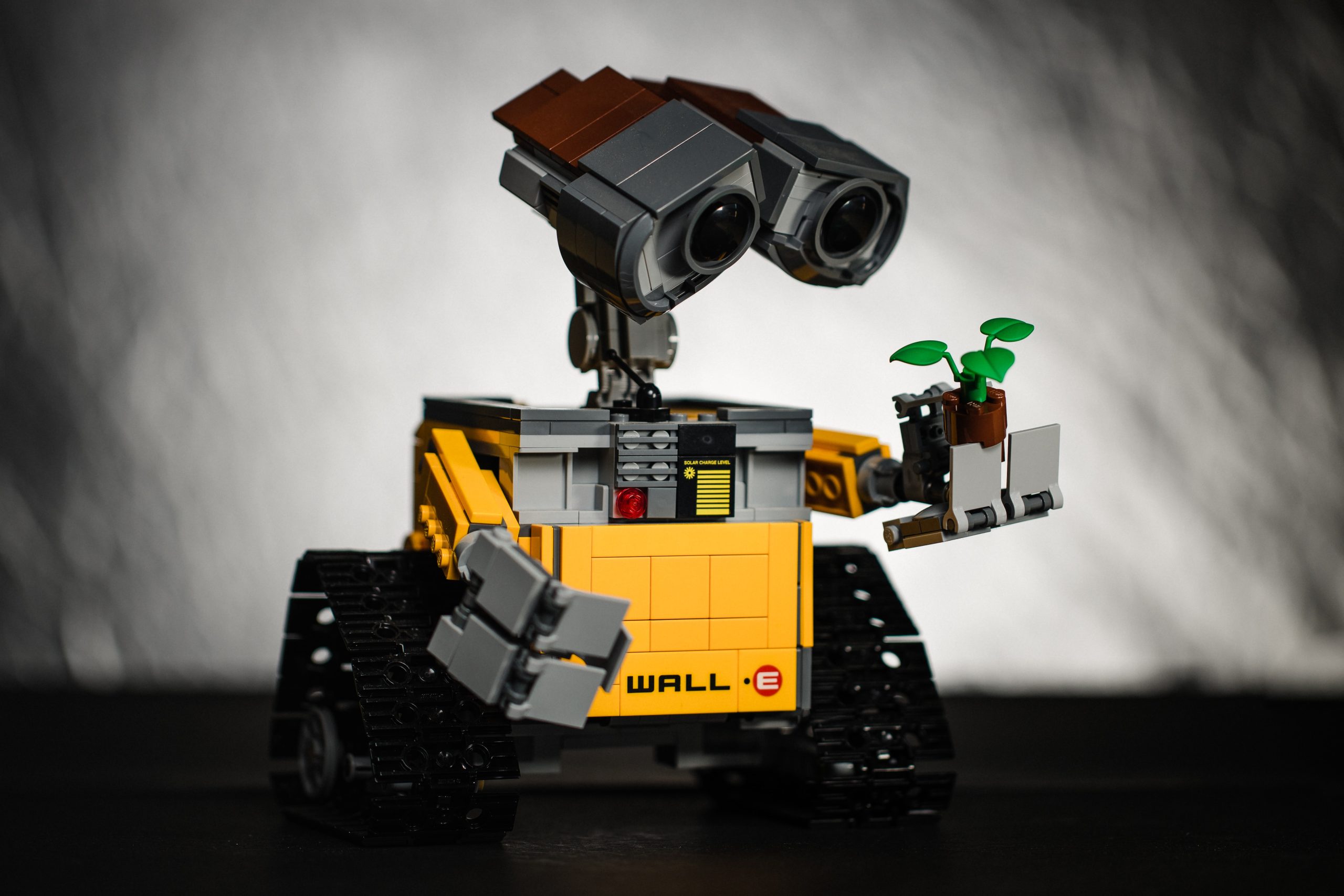In the world of robotics, one of the greatest challenges is teaching robots to think and act independently. This challenge has been met with a wide variety of approaches, from designing artificial neural networks to using deep learning algorithms. But what if we could go beyond these models? What if we could empower robots to express their own creative potential? In this article, we’ll explore how robot learning models are being used to unlock human creativity. We’ll look at the latest developments in AI technology and discuss how they can be used in creative applications. Finally, we’ll explore the implications of these advancements on the future of robotics and our understanding of creativity.
What is creativity?
Creativity is the ability to come up with new ideas or ways of doing things. It involves the ability to think outside the box and come up with solutions that are not immediately obvious.
Robot learning models can help unlock human creativity by providing a different perspective on problems. By looking at data from a different angle, robots can help humans see problems in new ways and find creative solutions.
Why is creativity important?
In our rapidly changing world, creativity is more important than ever. It is the key to developing new ideas, solving problems in new ways, and creating value for businesses and society.
Robot learning models can help us unlock our creativity by providing a different perspective on problems and ideas. By understanding how robots learn and think, we can learn new ways of thinking ourselves. This can help us find new solutions to old problems, or come up with completely new ideas that nobody has thought of before.
So why is creativity important? Because it is the key to innovation and progress. And robot learning models can help us tap into our own creative potential.
The obstacles to creativity
In the current business climate, companies are under pressure to be more innovative and produce new products and services at a faster pace. This has led to an increased focus on creativity and the need to find new ways to generate fresh ideas. However, this process is not always smooth sailing and can often be fraught with obstacles.
One of the biggest obstacles to creativity is fear. Whether it’s fear of failure or fear of the unknown, this emotion can prevent us from taking risks and trying new things. It’s important to remember that not every new idea will be a winner, but if we don’t allow ourselves to explore, we’ll never know what could have been.
Another common obstacle is perfectionism. When we strive for perfection, we often end up stifling our creativity. Instead of being open to new possibilities, we become fixated on getting things “just right”. This can lead us down a rabbit hole of small tweaks and adjustments that take us further away from our original vision. It’s important to strike a balance between perfectionism and flexibility in order to encourage creative thinking.
These are just a few of the many obstacles that can get in the way of our creativity. But by being aware of them, we can start to overcome them and tap into our full potential.
How can robots help unlock human creativity?
Robots have the potential to help unlock human creativity in a number of ways. First, they can serve as a tool for exploring and testing new ideas. By providing a physical embodiment of an idea, robots can help people to more easily visualize and experiment with that idea. This can be especially useful for complex concepts that are difficult to communicate or understand using traditional methods.
Second, robots can provide a unique perspective that can help to challenge assumptions and broaden thinking. Because they are not limited by the same biases and constraints as humans, robots can offer a fresh perspective that can lead to new insights and solutions.
Finally, robots can serve as a catalyst for collaboration. By working together with humans, robots can help to break down barriers and create opportunities for creative partnership. In this way, robots have the potential to greatly enhance human creativity.
Examples of robot learning models that have unlocked human creativity
Robotic learning models can take many forms, but all aim to help humans learn new tasks more quickly and effectively. Some common examples include:
1. Task-based learning: This type of robot learning model focuses on helping the user complete specific tasks, such as moving objects from one place to another or assembling a product.
2. Social learning: This type of robot learning model focuses on helping the user interact with others, such as in a collaborative work setting or during social interactions.
3. Game-based learning: This type of robot learning model uses games to teach the user new concepts or skills. Games can be used to teach everything from simple motor skills to complex problem solving.
4. Visual learning: This type of robot learning model helps the user understand information by displaying it visually, such as through graphs, diagrams, or videos.
5. Auditory learning: This type of robot learning model helps the user understand information by presenting it verbally, either through spoken instructions or text-to-speech synthesis.
Conclusion
We have seen how robot learning models can help unlock human creativity. By using these AI-powered technologies, businesses and individuals alike can now access more sophisticated tools to explore their ideas in ways that would not have been possible before. These new possibilities open up a variety of opportunities for personal growth and the chance to push the boundaries of what we consider to be creative thought. The next step is for us to embrace these innovative technologies and look at how they may revolutionize our understanding of knowledge, ideas, art, and ultimately creativity itself.




